The architectural style that has always caught my attention has always been the Gothic, and perhaps that is why I was surprised by the enthusiasm that some older friend showed for the romanesque architecture, specifically, after having made a route through the Romanesque of Palencia.
But perhaps as happens with cava, over time you refine your taste and you appreciate dry wine more and more, until you only drink cava. raw nature, with architectural styles I have had an evolution in recent times.
Without ceasing to be enthusiastic about the great Gothic cathedrals, I now have a special attraction for the small ones. romanesque churches.
In recent times I have visited them, among other places in Spain, in Asturias, and I have also discovered the great Romanesque basilicas French, like those of Saint Sernin in Toulouse or the Conques Abbey.
All the information in detail
What to see and do on a trip through the province of Palencia
For this reason, and in line with the interest that I have always had in domestic tourism in Spain, a future trip through the province of Palencia It has come to occupy a preferential position in my travel agenda, since until now I have not had the opportunity to visit it.
When it comes to documenting the attractions of Palencia Looking ahead to that future excursion, as I knew, the Palencia Romanesque assumes maximum prominence.
This has a clear justification as it is in the area richest in Romanesque monuments from all over Europe.
Romanesque routes in Palencia
Furthermore, at the time of visit the Palencia Romanesque Several alternatives are suggested: four routes through the north, including the one that runs through the the Camino de Santiago, with central axis in Aguilar de Campoo; and another route to the south. that from the capital runs along the Cerrato region.
In these Romanesque routes Not only parish churches, small rural hermitages or monasteries await us, but also characteristic elements such as baptismal fonts or capitals, with a masterpiece in the church of San Martin in Frómista.
But as you plan your route, you will discover that Palencia brings together other attractions that transcend the essential visit of the Romanesque.
Renaissance Fields in Palencia
You may be surprised to know that the Renaissance It also plays a leading role in the province of Palencia.
The axis is known as Renaissance Fields Route, a route that unites the five headquarters of the Campos del Renacimiento Territorial Museum.
On this route, the population of Becerril de Campos, which brings together various heritage attractions, in addition to the church of Santa Maria, local headquarters of the aforementioned museum.

Specifically, San Pedro Cultural, a very curious center dedicated to astronomy located in a 12th century church.
Canal de Castilla in Palencia
From another perspective, you will also be surprised by the Castile Canal, a work of hydraulic engineering from the 18th century that is used to supply water to the population and for irrigation between the provinces of Palencia, Valladolid and Burgos.
There are 207 kilometers with three different branches, with up to 49 locks.
An attractive way to visit it is to sail aboard a tourist boat, which you can do in Herrera de Pisuerga or in Villathresholds.
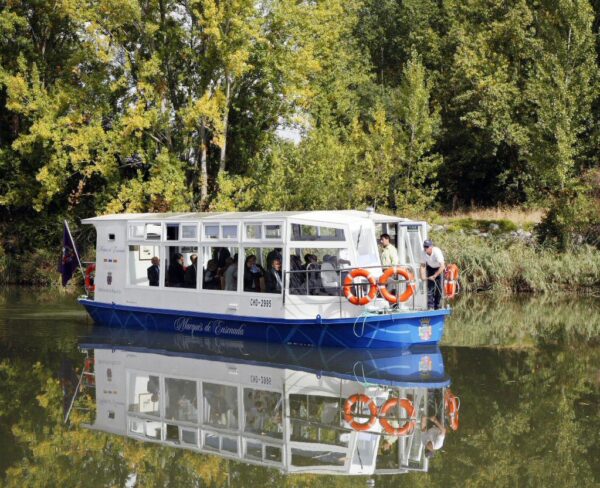
Aboard the ships Juan de Homar y Marquis of the Ensenada You can take a tourist tour that will take you about three and a half hours.
Roman villas in Palencia
You will also be able to discover the historical origins of Palencia, where the Roman presence has not been lacking.
Of its vestiges, the roman villas de Olmeda en Pedrosa de la Vega y The Tejada en Quintanilla de la Cueza.
These are archaeological sites where excavation continues and where the mosaics that cover the floors of the villas.
ORGANIZE your TRIP
- Don't forget your TRAVEL INSURANCE with a 5% discount
- Book the HOTEL for your trip
- RENT a CAR for your trip
- The best TOURS and EXCURSIONS in Spanish
- NO-LINE TICKETS for museums and monuments
- Best FREE TOURS around the world
- Book your TRANSFER from the airport
- eSIM card with INTERNET at the best price

Castles in Palencia
En Palencia There is also no shortage of medieval castles, among which it is worth highlighting those of Valdepero Fountains y Mozón de Campos, in the region of Field Lands.
and samples of Renacimiento we can find in locations like Nava walls, Becerril de Campos y Nava Fountains.
Nature parks in the Palentina Mountain
And, of course, a trip through the north of the province reserves us the landscapes of the Palentine Mountain, which is precisely the area that until now I have had the opportunity to visit.
On the border with Cantabria, you have ideal areas to do Hiking, specifically, in the natural park of Fuentes Carrionas and Fuente Conde.
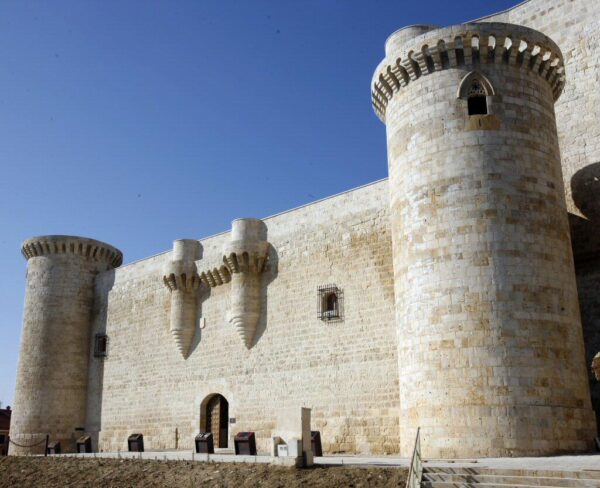
In short, enough attractions to justify several excursions or getaways to Palencia.
We will tell you in detail.


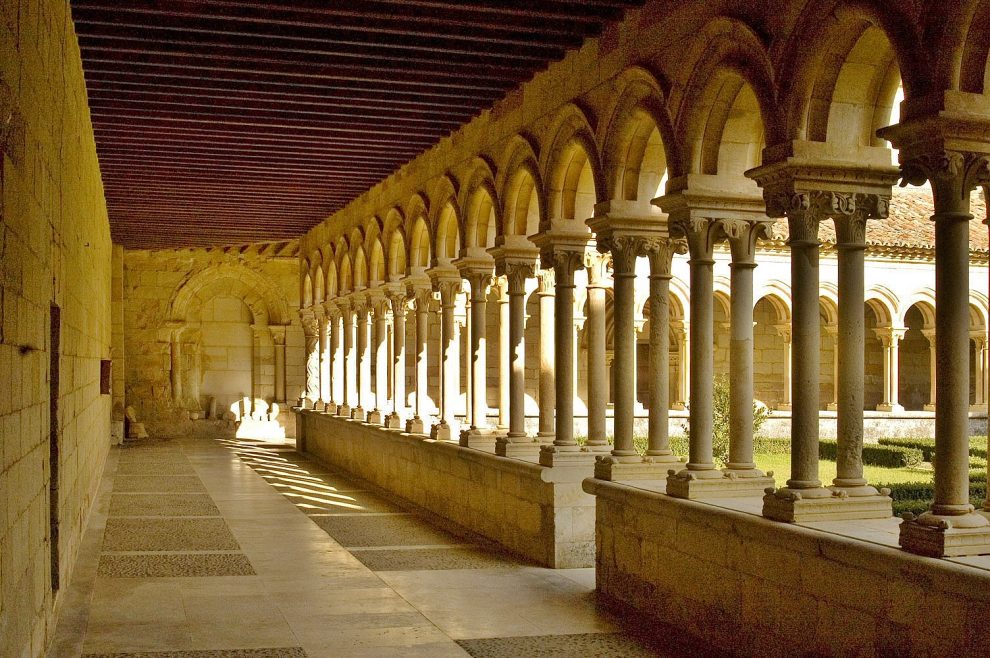

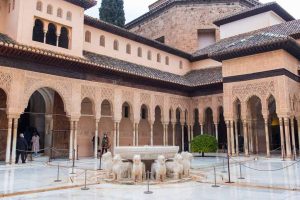
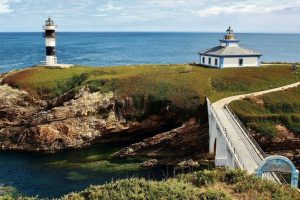











Good advices!!
Palencia, a place to discover, I recommend that you visit it soon. Both the northern area and the entire southern area of Cerrato with its great variety of colors in the countryside.
all the best